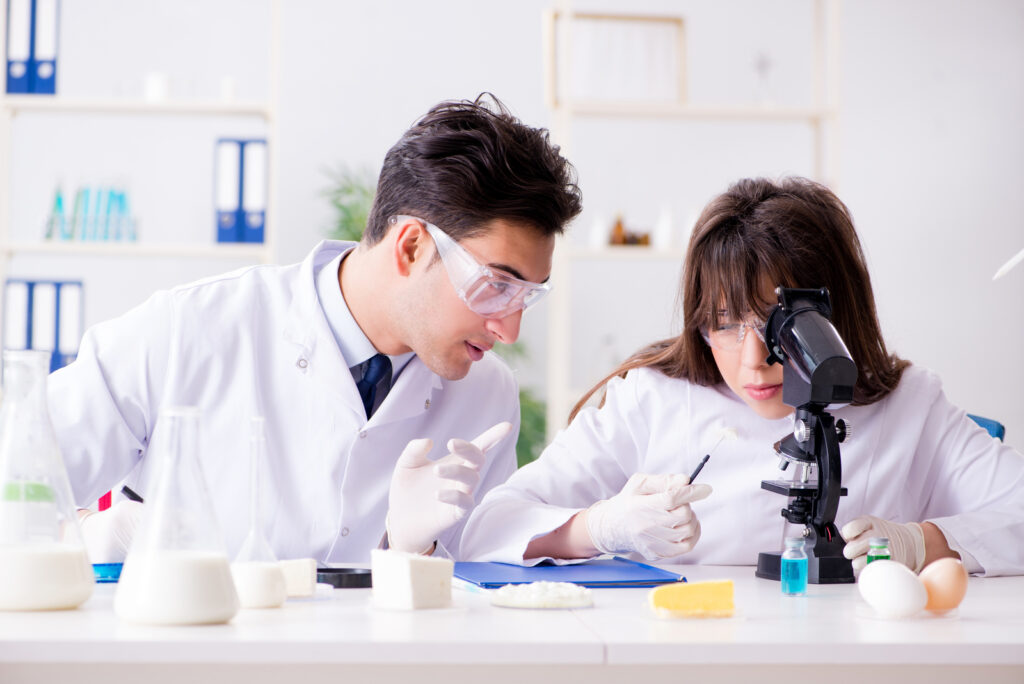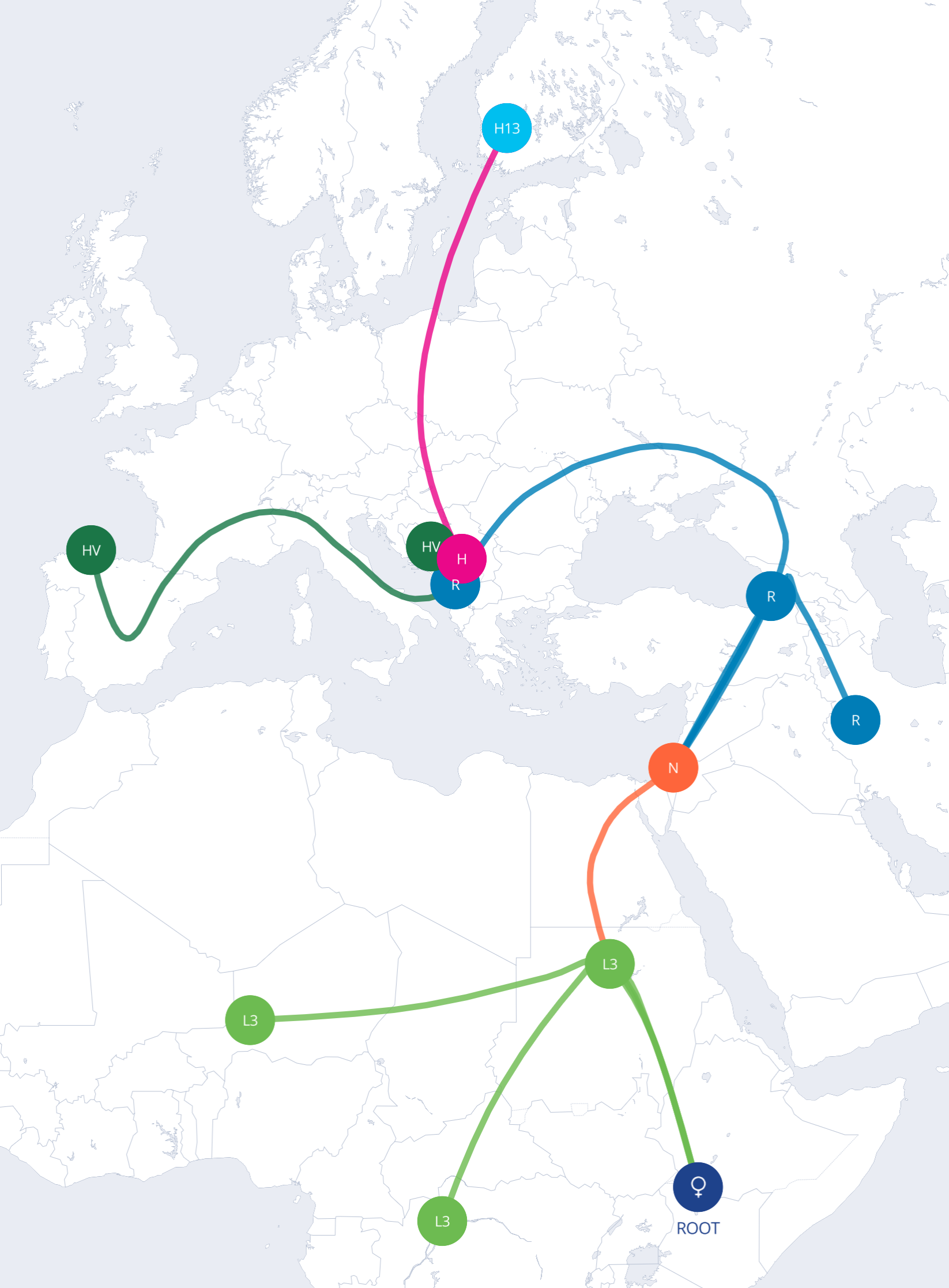

In This Article
In This Article
A direct-to-consumer DNA kit turns a cheek swab or tube of spit into clues about your family tree, health, and traits.
Knowing the journey your sample takes—from your mailbox to a lab computer—helps you read your results with confidence.

Know Your DNA Reviews

Don't miss out on the opportunity to learn more about yourself. Read our best DNA test page to find the best one for you.
Your kit includes either a small tube or soft swabs. Follow the instructions: avoid food for 30 minutes, fill to the line, or swab each cheek for the stated count. A stabilizing liquid keeps your DNA safe during shipping.
| Sample type | Collection time | Comfort | Common brands |
| Saliva tube | 2-5 minutes | Spit until the line | AncestryDNA, 23andMe |
| Cheek swab | About 1 minute per swab | Gentle brush | FamilyTreeDNA |
For a broader primer on kit options and prices, explore our overview of DNA testing basics.
Laboratory robots scan your kit’s barcode, then burst your cells to free the DNA. They wash away proteins and other debris so only clean genetic material remains.
If the sample is small, PCR acts like a molecular photocopier, making millions of identical copies of key fragments. Extra copies strengthen the signal in the next step.
Purified DNA is pipetted onto a glass or silicon SNP chip covered with microscopic DNA probes. Each probe asks a yes-or-no question about one SNP.
A laser scanner detects fluorescent tags where your DNA sticks, turning the pattern into a text file of A, T, C, and G letters. This raw file is yours to download later.
If you plan to dig deeper into shared-DNA math, our explainer on centimorgans and relationships breaks down the unit labs use to measure segment length.
Algorithms first determine which SNPs came from your mother and which from your father. This phasing step improves match accuracy.
The software slides across your genome looking for long, identical stretches you share with others in the database. More and longer segments usually mean a closer relative. To see how tests can connect families, read how DNA can help you find relatives.
Each DNA slice is compared against reference panels—groups of people whose grandparents all came from the same place. If 35 % of your slices best match Punjabi samples, you’ll see about 35 % Punjabi ancestry. Different companies use different panels and math, so percentages can vary. Our analysis of which DNA test is the most accurate explains why.
Most services take three to eight weeks. When the email arrives, you’ll unlock:
Your raw data file can be downloaded for further analysis or deletion. Before sharing it elsewhere, skim our guide to privacy concerns in DNA testing.
A modern DNA test follows a clear, five-step path: collect cells, extract DNA, read SNPs, compare to massive databases, and deliver a continuously improving report. Understanding each step turns those colorful percentages into meaningful stories about where—and who—you come from.
Know Your DNA Reviews

Looking for a DNA test that's accurate and can tell you about your health and heritage?

